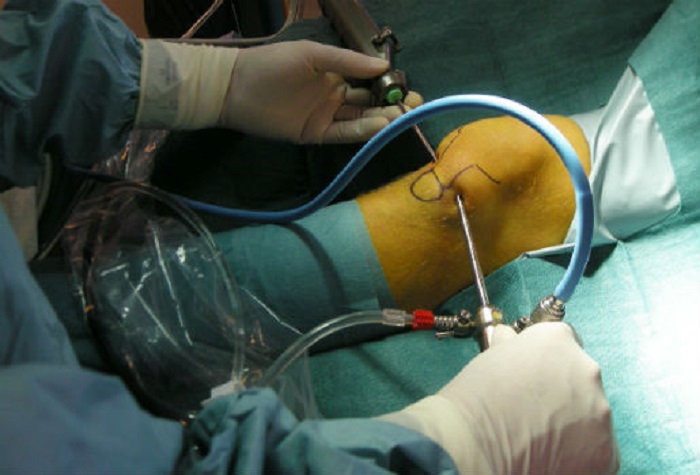3Other causes of knee pain
Advertisement
Sinding-Larsen-Johansson syndrome is another cause of knee pain in athletic children. While both disorders are caused by growth plate damage, Osgood-Schlatter occurs below the kneecap in the tibial tubercle. In contrast, Sinding-Larsen-Johansson occurs higher in the inferior pole of the patella.

Img Src: researchgate.net
2Best treatments for Osgood-Schlatter disease
Advertisement
Osgood-Schlatter disease treatment methods focus on minimizing pain, discomfort, and swelling. Doctors recommend rest, minimizing physical activity, and a strength conditioning program. Osgood-Schlatter disease pain almost generally ends when a teenager’s body fully develops. Even with treatment, some people may have symptoms for 12-24 months.
Most symptoms disappear around the ages of 14 years for girls and 16 years for males. In the meantime, the following measures may be helpful:
- Thermotherapy and Cryotherapy
- Relative rest, which may involve limiting or changing activities for up to 6 weeks
- If the pain is too severe, a short course of knee immobilization is recommended.
- Nonsteroidal anti-inflammatory medications (NSAIDs)
A doctor may also recommend stretching and strengthening activities to relieve knee pain. Some people may benefit from a knee support wrap or knee straps as well. Possible knee exercises include:
- Hamstring stretches
- Quadricep stretches
- Gastrocnemius muscle stretches
- Leg lifts with straight legs
- Bridges

Img Src: momjunction.com
1Surgery is usually not required
Advertisement
Surgery is often not required because the bone is tougher than cartilage and less prone to irritation. The growth plate will eventually stop developing and fill with bone. If a person has bone fragments that have not healed or if there is an actual fracture, a doctor may recommend surgery in very rare circumstances. A surgeon, on the other hand, will not conduct surgery until the patient has stopped developing.

Img Src: kneeguru.co.uk